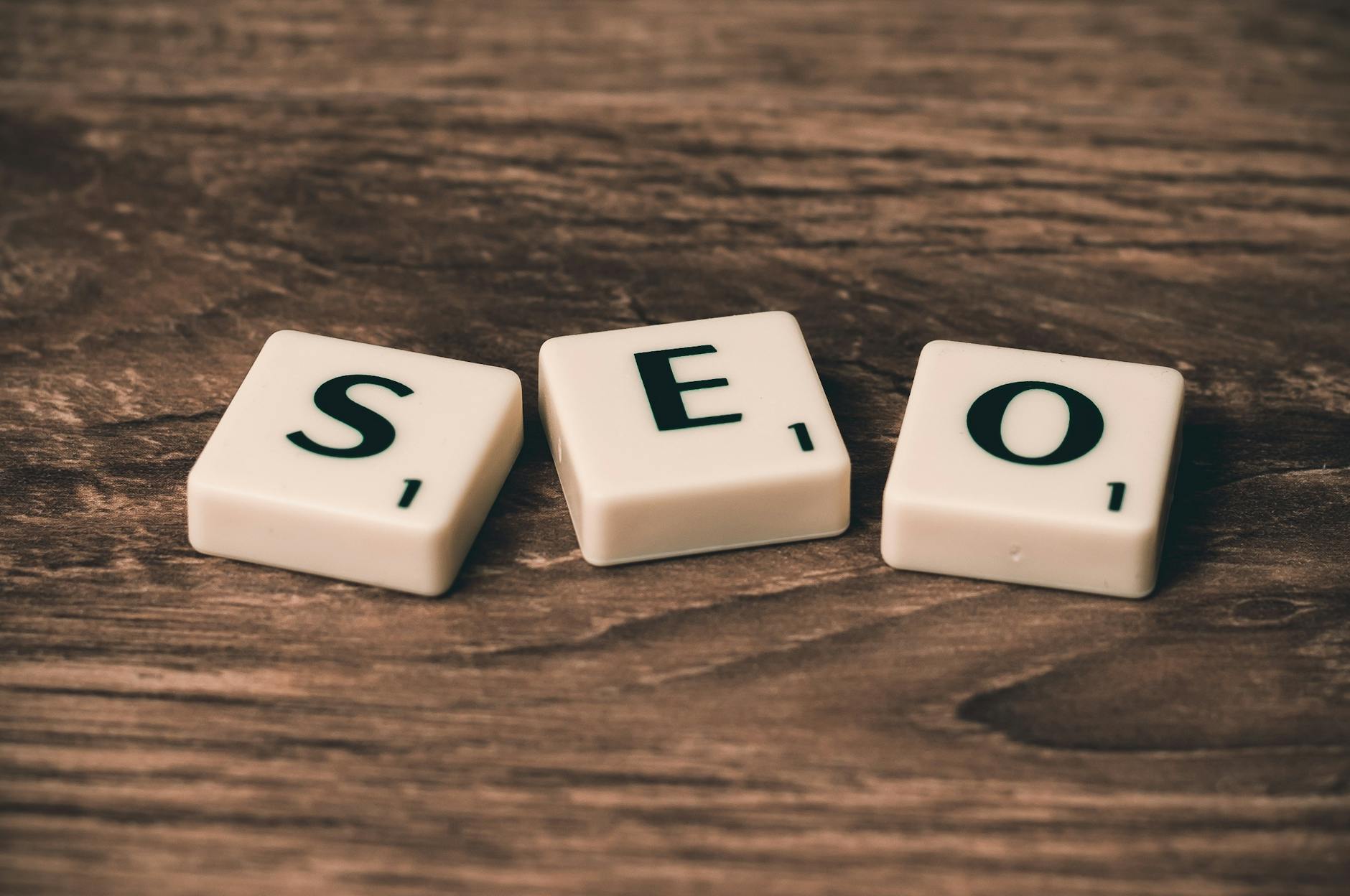On-page SEO stands at the heart of digital success. When search engines crawl your site, they see more than just words; they see structure, intent, and relevance. The rules for on-page optimization shift every year, fueled by smarter algorithms and rising user expectations. As AI answers and zero-click searches become more important, getting your on-page SEO right is more valuable than ever.

Understanding the Foundations of On-Page SEO
On-page SEO is about fine-tuning each part of your website so search engines and users both find what they need quickly. It covers a range of elements like keyword research, meta tags, a logical header structure, clean URLs, and smart internal linking.
Optimizing these areas helps search engines index your site, understand your content, and rank it for relevant searches. For users, a well-structured site means faster answers, easier navigation, and more trust in your brand. Learn more about the exact steps involved with resources like the On-Page SEO Checklist for 2025.
Importance of Keyword Research and Search Intent Alignment
In 2025, keyword research is less about picking highly searched words and more about understanding why someone makes a search. Search intent sits at the center of every strategy. If you’re targeting the right questions and framing your content in a way that directly answers them, you’ll climb the rankings quicker.
Matching user intent means using clusters of related terms, not just single keywords. Group your content around broad topics and build out pages that act as resources, rather than chasing after isolated keyword targets. As explained in the Definitive Guide to On-Page SEO, aligning with search intent is a core ranking factor.
Optimizing Meta Tags, Headers, and Content Structure
Fast-moving search results in 2025 demand precise optimization of meta tags and header elements. Your meta title and meta description should be clear, accurate, and persuasive—think of them as your first impression in the search results. Use primary keywords but keep your writing natural.
Header tags (H1, H2, H3) guide both readers and search engines through your content. Follow a logical hierarchy: one H1 for the page’s main topic, then H2s and H3s for subtopics and supporting information. This structure helps readers scan quickly and signals the importance of content elements to search engines.
Content needs to follow simple, natural language. Short sentences, bulleted lists, and clear sections make for easy reading on mobile and desktop. Get more tips from this discussion on practical on-page SEO optimization.
The Role of Internal Linking and URL Optimization
Internal links connect one page of your website to another, guiding users and distributing link authority. A good internal linking strategy helps search engines find all your content and increases the time users spend on your site. Use descriptive anchor text—make it clear where each link goes.
For URLs, less is more. Short, keyword-rich, and descriptive URLs get preferred by both users and search engines. Avoid unnecessary words, numbers, or symbols. For a complete overview of best practices, check out the recent on-page SEO guide.
Key Trends and Advanced Strategies for On-Page SEO in 2025
Recent shifts in search demand more than traditional tactics. AI, zero-click results, and better user experience are now critical to staying visible online.
Leveraging Schema Markup and Structured Data
Schema markup is code you add to your site to help search engines understand your content. It increases your chances of showing up in rich results, like FAQs or featured snippets, especially as AI-powered features become more prominent. Structured data highlights products, reviews, events, and more in a way machines can read. Mastering schema markup ensures you stay eligible for these attention-grabbing spots.
User Experience, Core Web Vitals, and Accessibility
Google’s ranking systems give huge weight to technical performance: how fast your site loads, mobile responsiveness, and accessibility. The State of SEO in 2025 stresses that websites need to meet Core Web Vitals benchmarks—metrics that track loading speed, interactivity, and visual stability.
Easy navigation and accessible design aren’t just good for ranking; they keep people on your site and encourage them to return. Use large fonts, clear buttons, and descriptive link text. Make sure images have alt text for users with screen readers.
Creating Engaging, Authoritative, and Multimedia Content
Today, users want answers from experts—not just AI summaries and scraped facts. Unique, trustworthy content rises to the top. Mix in different types of content to keep users engaged:
- Short videos that explain key concepts.
- Infographics that break down complex points.
- Expert-written articles with real examples or data.
Sites that combine multimedia with clear, readable content outperform generic, automated material. For a look at which trends are driving content choices, explore resources listing the biggest SEO trends of 2025.
Conclusion
Winning at on-page SEO in 2025 means balancing the technical with the practical. Focus on:
- Meeting search intent and providing clear answers.
- Building strong internal links and clean, short URLs.
- Writing engaging meta tags and using logical headers.
- Embracing schema markup for visibility in advanced search features.
- Optimizing for speed, mobile, and accessibility.
Stay sharp, test new strategies, and adapt to AI-driven search updates. Whether you run a blog or manage a business site, these on-page SEO basics will keep your website visible, accessible, and trusted in the evolving world of search.
